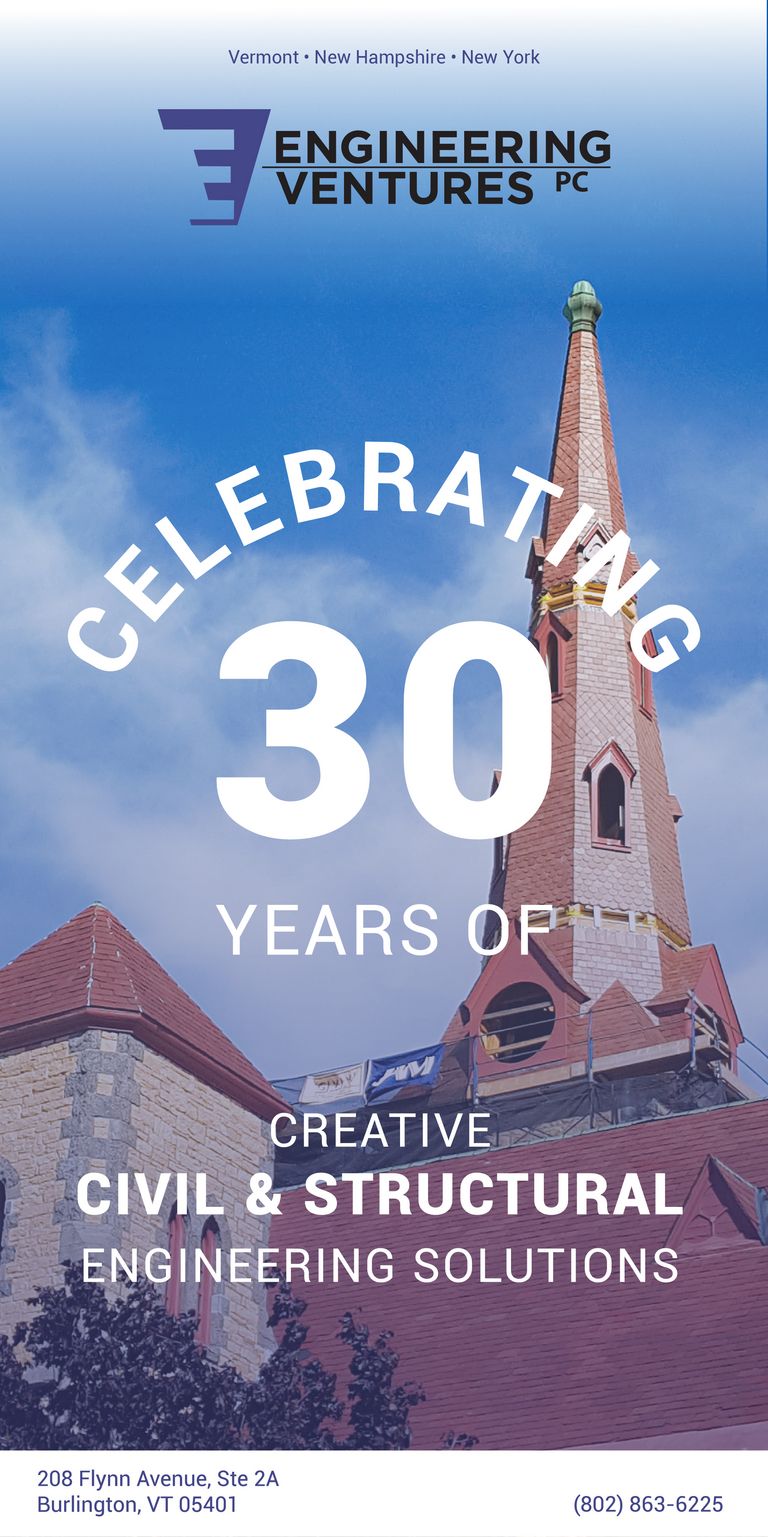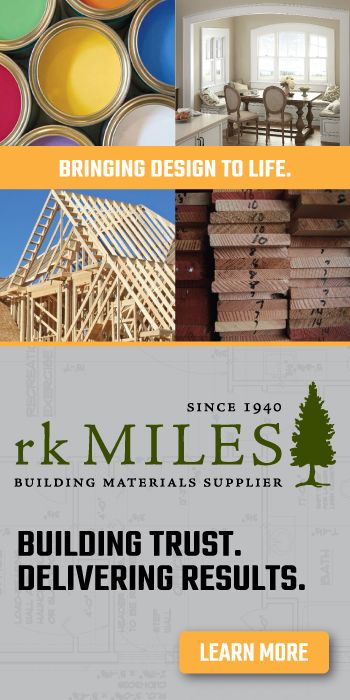AIA National Strategic Council Update
By Diantha Korzun, AIA, gbA Architecture
The recent flooding in Vermont, which has uprooted businesses, families, and individuals from their homes in Cambridge (where I live) and Montpelier (where our office is), and across the rest of the state, is another stark reminder that temperatures are indeed rising and affecting our climate quickly. Even our great little state of Vermont is not being spared. There will be more flooding, more landslides, more droughts, and less snow. As architects, we are obligated to lead the effort to slow global climate change. You have heard this statistic before, but it is still true, the built environment creates 40% of the world’s carbon emissions. To lead, we need to have the tools to understand what operational carbon is (the carbon released from the ongoing operation of the building (about 28% of global energy related carbon emissions) and how to reduce or eliminate it, and what embodied carbon is (all the CO2 emitted in the production of the building, about 11% of global energy related carbon emissions) and how to reduce that. Info on percentages can be found here.
For two years, I have actively participated on a carbon-focused subcommittee of the AIA National Strategic Council. The committee consists of very talented and motivated individuals who want to educate and empower architects to lead the conversations on climate positive design. Last year, we completed a report that was submitted and approved by the AIA National Board to create a Carbon Literacy Program for our membership. The full report can be found here: https://content.aia.org/sites/default/files/2022-09/AIA52_Carbon_ExecSum_083022_V29.1.22.pdf
The program should be coming online this year. In the meantime, there are still good resources on AIAU for understanding the basics on carbon: https://aiau.aia.org/courses?text=carbon&sort_by=title&sort_order=ASC
This year, the subcommittee completed another report that concentrated on Climate Positive Practice. The draft was submitted to the AIA National Board last week. The intent of both of our reports is to improve every firm’s ability to navigate and promote climate positive design. For this effort to be effective, the participation of every firm is crucial. At this point, you may be asking, what is climate positive design? Our group established a definition of a climate positive practice in order to frame the scope of the research. The term was defined as such:
A climate positive architectural practice holistically improves the human ecological condition through project implementation, practice, and advocacy.
We believe this definition is expansive enough to include climate impacts beyond energy use and emissions, is more representative of the full impact of our work as architects, and acknowledges the unique role buildings play on our environment.
In addition to the work on Strategic Council, I now serve on the AIA National Committee for Climate Action and Design Excellence (CCADE). CCADE is one of only seven Board Committees, and this group reports directly to the board and President about key issues that support AIA’s Climate Action Plan through the Framework for Design Excellence. We were appointed to help support transformation in architects’ day to day practice to achieve a zero carbon, equitable, resilient, and healthy built environment as defined by the Framework: https://www.aia.org/resources/6077668-framework-for-design-excellence
AIA National’s commitment to combat global climate change is commendable; it is one of the two primary objectives of the 2021-2025 Strategic Plan. Did you know that AIA National was granted nongovernmental organization (NGO) observer status in 2021 so as to participate in the United Nations Climate Change conference (COP26, COP27), an annual gathering of world leaders? AIA is now at the table for these important discussions, and I would say it is about time.
Key takeaways that I hope you will consider in your own practice, especially after the recent flooding:
- Architects have a professional obligation to ensure that their buildings do not negatively impact communities and the environment.
- Architects have a unique position as central coordinators of integrative design practice and whole-systems thinking across disciplines to achieve positive design outcomes.
- Architects are well positioned to bring environmental sustainability considerations to building design since we are involved at the earliest stages of a project.
- Architects can guide and articulate the overarching design vision, as well as guide projects towards the most environmentally sustainable solutions.
Consider having your firm join the AIA 2030 Commitment and start calculating EUI on every one of your projects if you have not already, and if you have, start calculating embodied carbon on every project. Also consider using the Design Excellence Framework for each and every project. Both will improve your knowledge about how your buildings are performing.
It’s been another impactful year on the Council. I look forward to continuing to serve our members in Vermont, and would welcome any input from you as I continue my term into 2024. What are the biggest issues that architects are facing in the next five to ten years? Please let me know!
Diantha S. Korzun, AIA LEED AP
www.gbArchitecture.com
AIA National Strategic Council Representative Vermont 2022-2024
AIA National Committee on Climate Action and Design Excellence 2023-2024






